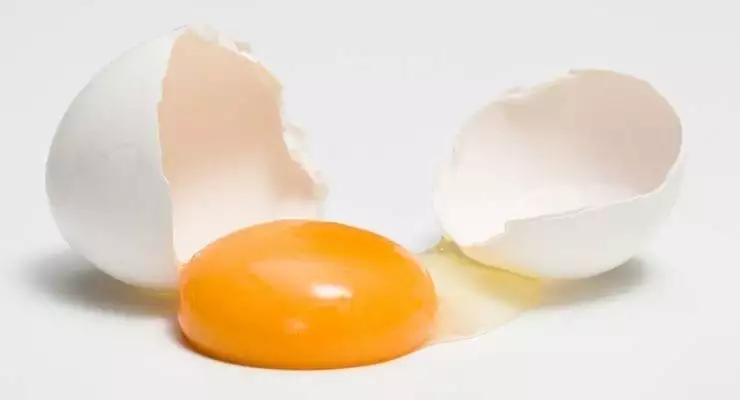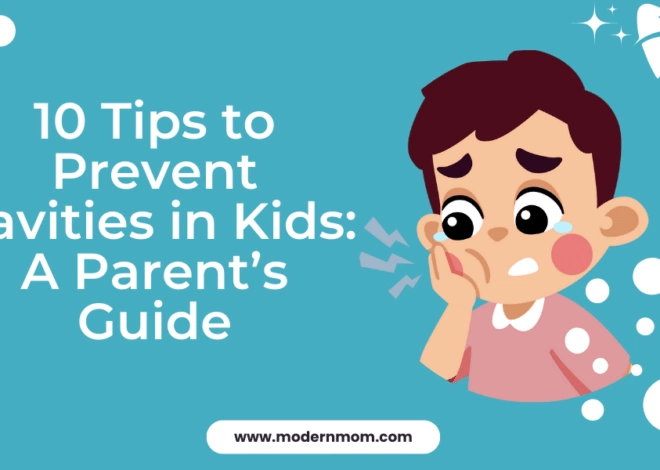If you are becoming leery of eating out at restaurants because of the possibility of food poisoning, you are not alone. Food poisoning, an illness you can get by eating contaminated food, affects anywhere from 6 to 33 million people in the United States every year, according to Penn State. Salmonella and E. coli are two of the most common causes of food poisoning. The most recent egg recall was caused by a salmonella outbreak. Learn how to prevent sickness from this bacteria.
Salmonella Vs. E. Coli
About Salmonella
Salmonella is bacteria that can be found in egg yolks, raw and undercooked poultry, fish, shrimp and in dairy products. You can also get salmonella if you come in contact with the feces of pet reptiles, such as turtles, lizards and snakes, and then eat without properly washing your hands. Salmonella bacteria pass through the stomach and go into your intestine. They bind to the wall, penetrate it and go to your liver or spleen.
About E. Coli
E. coli bacteria cause severe food poisoning. E. coli is the bacteria most likely to cause bacterial diarrhea in the United States, according to Penn State. You can find it in dairy products, ground beef, chickens, cattle, flies, ponds and streams. Contaminated water can spread E. coli to fruits and vegetables. E. coli is particularly dangerous to small children and the elderly who may not be able to tolerate the blood and fluid loss that accompanies E. coli.
Preventing Salmonella
You can usually kill salmonella through cooking. Make sure you thoroughly cook your eggs, in particular, because 75 percent of all salmonella cases are from raw or undercooked eggs, according to MSNBC. Egg yolks need to be firm, not runny. You need to avoid using raw eggs when you make salad dressing, mayonnaise and cookie dough, unless they are pasteurized–the process of eliminating Salmonella bacteria.
Preventing E. Coli
Be sure to wash fresh fruit and vegetables thoroughly before eating them. If you eat rare hamburger meat, you are significantly risking getting E. coli. To be safe, cook all meat until the juices run clear, not pink.
Symptoms
With both salmonella and E. coli, you have abdominal cramps, nausea, diarrhea, vomiting, fever, weakness, fatigue and muscle pain. The loss of fluids makes you dehydrated. The severity depends on how much bacteria you ingest and its type. Salmonella symptoms begin 12 to 72 hours after eating the contaminated food. Symptoms last for two to five days. E. coli symptoms begin one to three days after eating the contaminated food. You rarely vomit or run a fever with E. coli. Diarrhea becomes bloody and lasts for one to eight days.
What You Should Do
If you get food poisoning, rest and replace the fluids and electrolytes your body lost. You should avoid anti-diarrheal medications because you need the diarrhea to flush the toxins from your body. When you can eat, stick with clear liquids and then soft, bland foods for a few days after symptoms stop. Eat the BRAT diet, which are bananas, rice, applesauce and toast.





